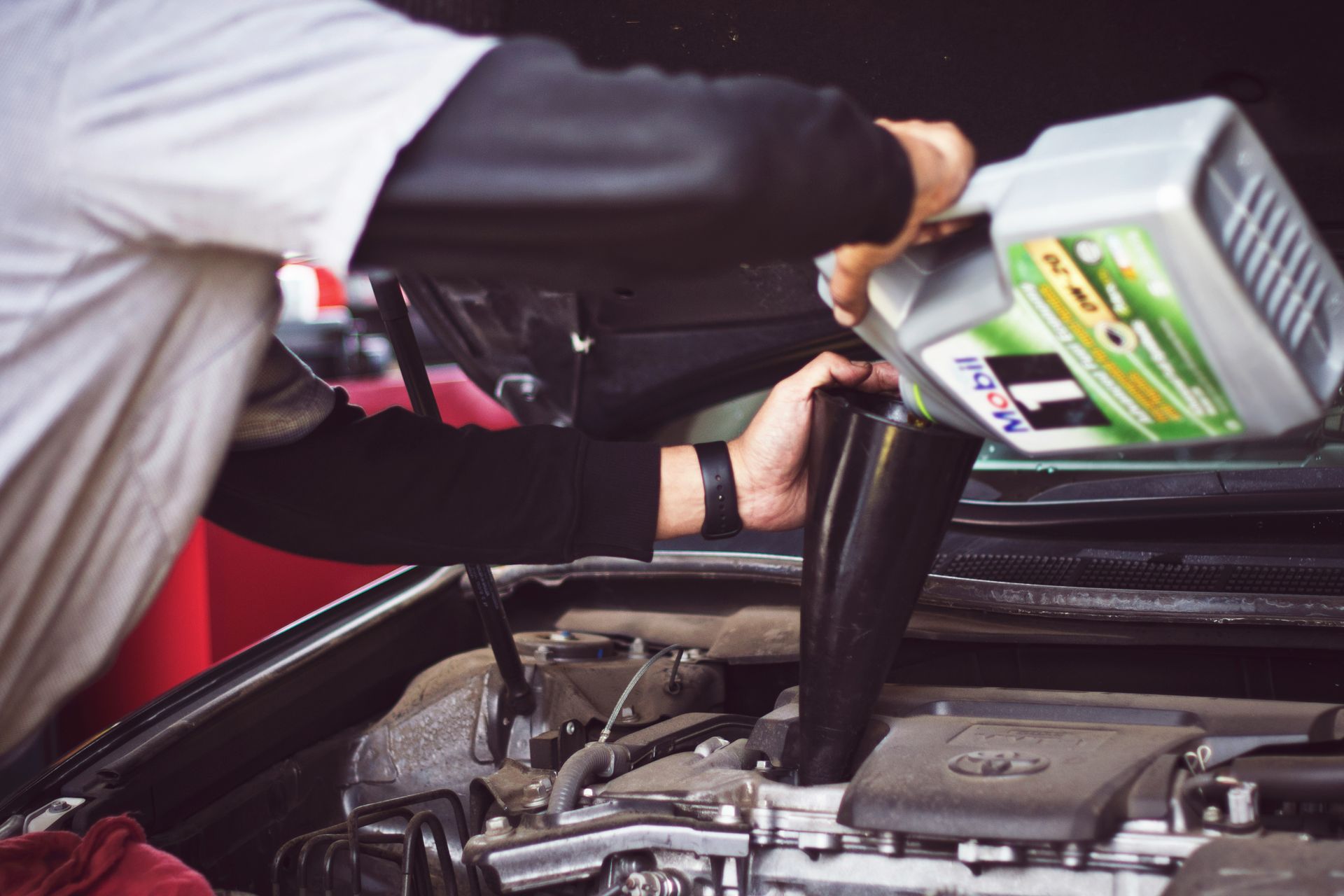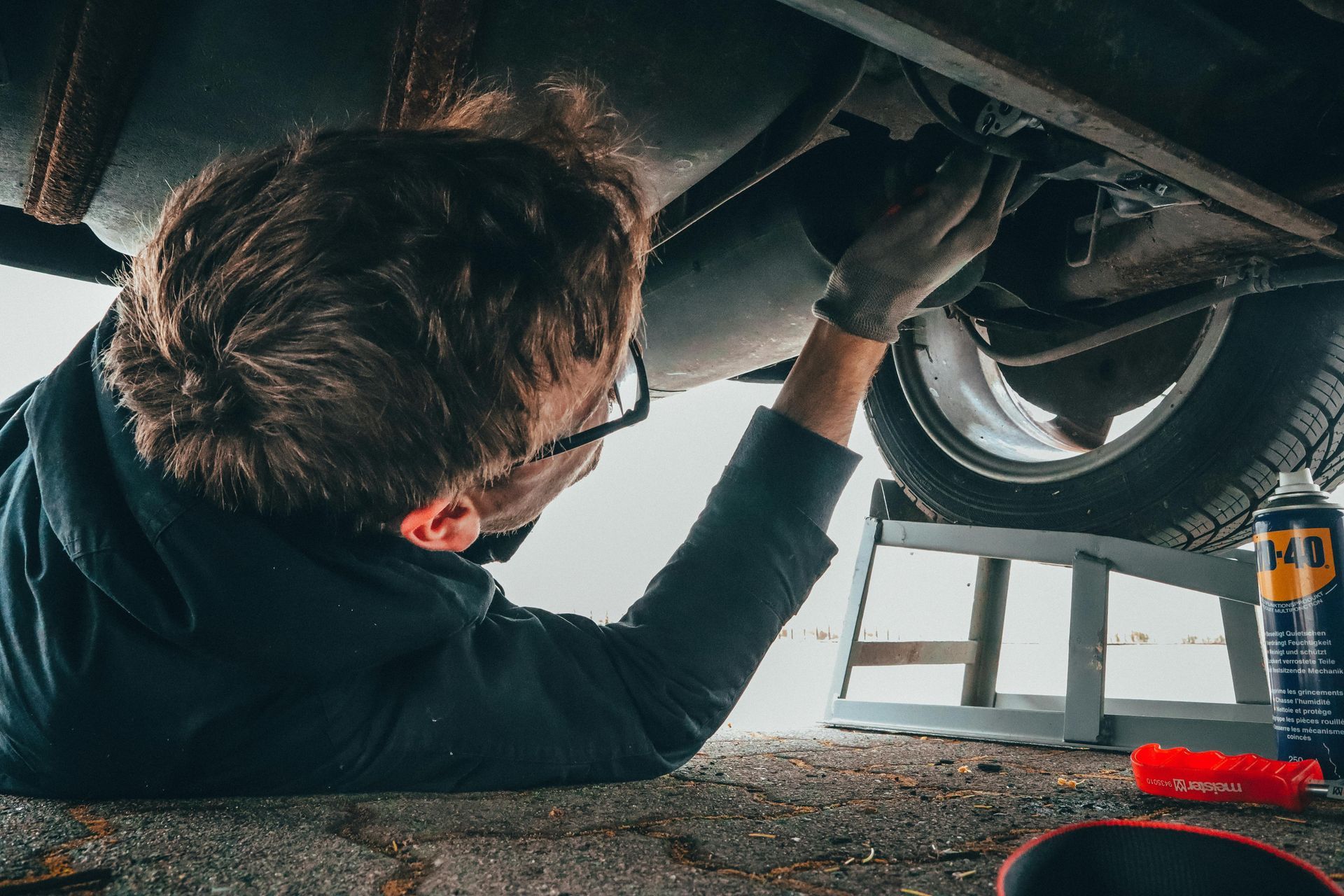How do insurance companies determine liability in an accident?
So, you’ve been involved in an accident that wasn’t your fault. Unfortunately, even though you might be 100% sure you didn’t cause the accident, you still have to prove this to your insurance company! We offer some tips on how you might be able to help your insurance company determine liability in the event of an accident.
- Gathering Information from All Parties Involved – If you’re involved in an accident with another driver(s), you should exchange details to pass onto your insurance companies. This should include name, contact details and name of insurance company as a minimum. Your insurer will ask you for this in the event of you needing to make a claim.
- Dash Cam Footage – Having a working dash-cam installed in your vehicle may be of extreme help when trying to determine liability. For example, if you’ve been involved in an accident that wasn’t your fault, but no witnesses were present, valid dash cam footage could provide your insurer with additional, possibly vital, information.
It is worth noting that each insurer will have different specifications on the type of dash cam footage they accept and use when determining liability. For example, some insurers state that the footage must have date and time stamping, or that the video must be of a minimum resolution to be used in the event of a claim. You should check this with your insurer if you are unsure.
- Photographic Evidence – Whilst not as reliable as dash cam footage, you should take photographs from the scene of an accident. This should include photographs of the damage, all vehicles involved and the surrounding area. For example, tyre markings on the road or positioning of vehicles may help the insurer to determine the liability and fault of the accident.
- Witness Accounts – If you’re involved in an accident, we recommend taking the details of any witnesses who were present at the time. You should record their name and contact details and check that they’re happy for you to pass on this information to an insurance company. Insurers can then use this information to determine liability.
In extreme cases, an insurance company might use accident reconstruction to determine liability of an accident, although this is rare.












